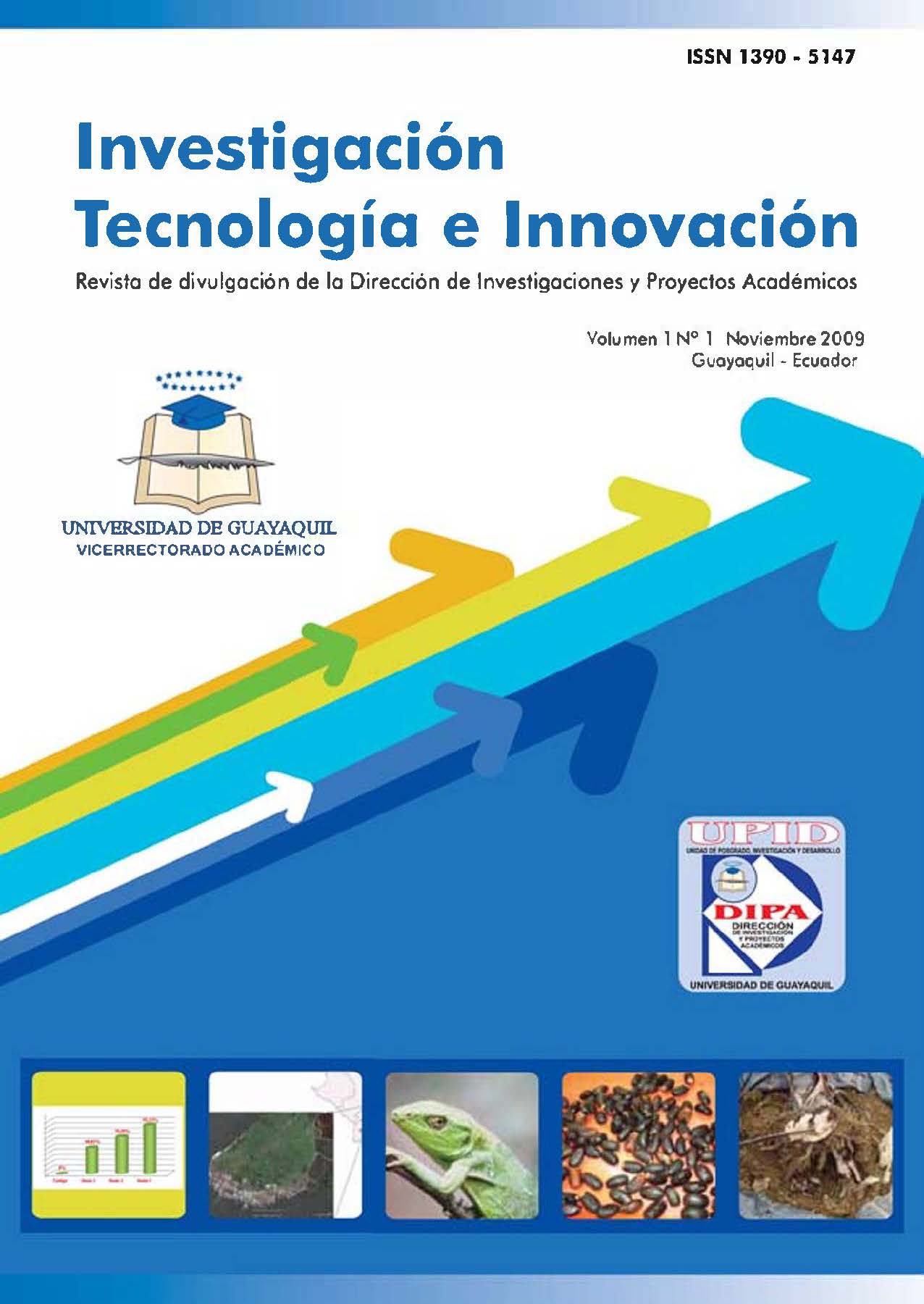Evaluation of the herpetofauna of the Tinalandia nature reserve.
DOI:
https://doi.org/10.53591/iti.v1i1.30Keywords:
tropical rainforest, herpetofauna, transects, diversity, vulnerable speciesAbstract
In the present work, the herpetofauna of the Tinalandia Rainforest Reserve was evaluated. The method used was transects in seven sampling sites, 200 m long and 800m2 per site, with 40 hours of sampling/person/day. Of the total 409 observed, 84 organisms were collected, 70 amphibians grouped in 3 Orders, 13 Families and 25 Species; 14 reptiles (saurians) grouped in 6 Families with 8 species; for snakes only I family with 3 species. Amphibians are represented by 6 families of anurans: Hylidae with 4 species, representing 16%; Brachycephalidae with 3 species, 12%; Bufonidae, Leptodactilidae and Dendrobatidae with 2 species each, 8%; and, Ranidae with only one species, 4%. Reptiles are represented by 7 families: Polychrotidae with 3 species, 12%; Hoplocercidae, Gymnotalmidae, Gekkonidae, Corytophanidae, Teiidae with one species each with 4%, all representing the Order Sauria with 32%; and the Family Colubridae with 3 species, with 12% for Ophidia.The Diversity (Shannon) is 2.17 bits, which represents an ecosystem with a low value, which is the answer for the marked dominance of 4 species that represent 8 l. 70 % of the sample: Lithobates sp with pi 0.284; Hypsiboas rosemberg with Pi 0.208; Eleutherodactylus achatinus with pi O, 176; and, Hypsiboas pellucens with a pi 0.149. There is an endemism of 64% for the registered species. There are 10 new species records for the area. The most outstanding is the second record for Ecuador of the species Epipedobates espinosai. In general, the conservation status of the herpetofauna of RNT is stable, only one species recorded in a vulnerable category (VU) (Hyloxalus awa). The wetland habitat has the most abundant species.
References
Armendáriz, A. 1991. Lista de vertebrados del Ecuador: Anfibios y Reptiles. Rev. Politécnica XV1(3).
Blaustein, A. R., D. B. Wake. 1990. Declining amphibian populations: a global Phenomenon? Trends in Ecology and Evolutions 5: 203.
Crump M.L. 2003. Conservation of Amphibians in the New World Tropics. In: Semlitsch Rd (Ed) Amphibian Conservation. Smithsonian Press. p 53-70.
Gibbons J. W., et al. 2000 The global decline ofreptiles, deja vu amphibians. Bioscience 50: 653-666.
UCN, Conservation lnternational, and NatureServe. 2004. Global Amphibian Assessment. . Downloaded on 14 Mayo 2008.
Lips K. R., J. K. Reaser, B.E. Young, y R. lbañez. 200 l. Amphibian monitoring in Latin America: A Protocol Manual. Monitoreo de Anfibios en América Latina: Manual de Protocolos. SSAR. Herpetological Circular No. 30. 122 p.
Lips, K. R. 1998. Declineofa tropical montane amphibian fauna. Conservation Biology 12: 106 -117.
Martinez C. C. 2005. Herpetofauna de la Reserva Ecológica Comunal Loma Ata (RECLA), Guayas, Ecuador.
Miyata, K.Analysis ofa local Herpetofauna: Herpetology ofthe Rio Palenque region ofNorthwestern Ecuador. 1985.
Museo Ecuatoriano de Ciencias Naturales, Simbioe. Serie Herpetofauna del Ecuador, El Choco Esmeraldeño, 2007.
Pound, J. A., M. P. Fogden, y J. H. Campbell. 1999. Biological response to climate change on a tropical mountain. Nature 398:611 -615.
Reaser, J. K. 1996. The elucidations ofamphibian declines: are populations disappearing? Amphibian and Reptile Conservation 1 :4-9.
Semlitsch R.O. 2003. lntroduction: General Threats to Amphibians. In: Semlitsch R.d (Ed) Amphibian Conservation. Smithsonian Press. p 1-7.
Shannon, C.E. & W. Weaver. 1949. The mathematical theory of Communication, University of lllinois Press, Urbana.
Stebbins, R. C. y N. W. Cohen. 1995. A Natural History of amphibians. Princeton University Press, New Jersey.
Downloads
Published
Issue
Section
License
Copyright (c) 2009 Luis Muñiz, Jorge Ortega, David Almeida, José Franco, Estefanía Acosta, Mario Yánez Muñoz

This work is licensed under a Creative Commons Attribution-NonCommercial-NoDerivatives 4.0 International License.






